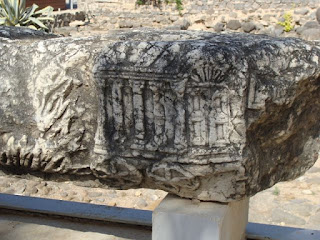The Fourth Sunday after the Epiphany, 31 January 2016

The Fourth Sunday after the Epiphany, 31 January 2016 Jeremiah 1:4-10 Psalm 71:1-6 I Corinthians 13:1-13 St. Luke 4:21-30 Background: Prophets I There are several redeeming features to Monty Python’s The Life of Brian, the most salient of which is the film’s depiction of ecstatic prophecy. Those playing the role look fairly crazy, and that is probably how they might appear to us were we to have the ability to see and experience them. Prophecy was not just the product of Israel, but was know throughout the Ancient Near East (ANE). The title means “one who speaks for another”, and all the cultures of the Near East had offices and practitioners of this sort of thing. The other aspect to prophetic work was the importance of “interpretation”, and in some cultures that was a separate function and duty. In Israel, the prophetic office was usually not connected with the priestly office, while in other cultures the two were interconnected, with the priest serving as both ...
